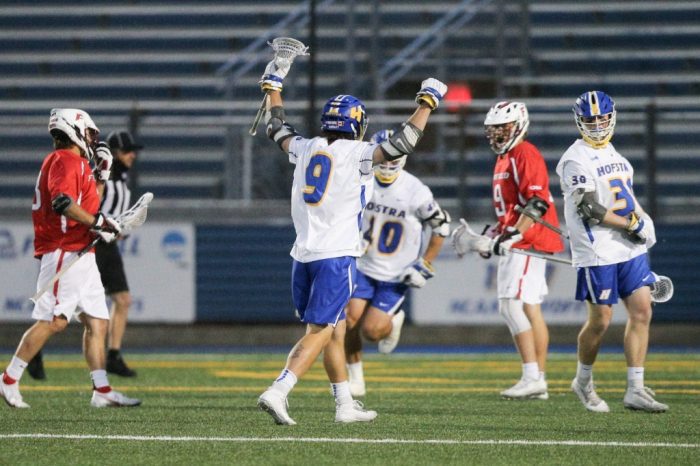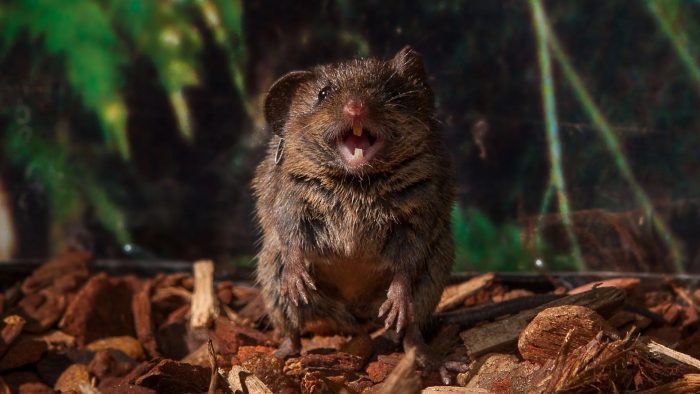By Kristina Garcia
The Centers for Disease Control and Prevention (CDC) reports that 70 percent of emergency room visits for traumatic brain injuries and concussions during high contact sports involve patients 17 and younger.
Bryce Tolmie, an athletic trainer at Orlin and Cohen who works with the PAL Jr. Islanders experienced a concussion in his junior year of high school that required an emergency CT scan to check for hemorrhaging.
Tolmie, a former Hofstra University lacrosse player and NY Riptide box lacrosse professional, recalled not being able to remember the events of the day he got hit. His frustration came days later, when he was incapable of solving simple math problems in school.
Many young athletes don’t report symptoms, fearing they will lose their team position or appear weak.
“Think about long-term effects. There is a lot of research now on second-impact syndrome which can change the course of your life, even cause death,” said Tolmie. “You may play your sport for a set amount of time, but the rest of your life is much longer.”
He reiterates how important it is to have trust in supporting staff.
“Trust in coaches and your athletic trainer is huge not just for the injury, but for the mental health aspect that comes with it,” said Tolmie.
His experience helps him relate to his athletes personally, encouraging them to discuss how they are feeling. Increased concussion awareness helps eliminate the stigma of athletes feeling pressured to play through injury.
Last month, Brain Injury Awareness Month, Hofstra University held a seminar on Concussion Outreach, Prevention, and Education with the Brain Injury Association of New York State (BIANYS). Expert Kristin LoNigro, MSEd, ATC, noted how concussion protocols have changed significantly since she first started athletic training 35 years ago.
When asked about gaps in concussion education, she pointed to youth leagues.
“You have coaches or parents who might’ve played a long time ago when concussions were evaluated differently,” LoNigro said. Concussion protocol is not what it used to be, more research has shown that concussion timelines differ, and not all are the same.
LoNigro advises parents to “…do their research and advocate to leagues for an athletic trainer to be present during practices and games,” and “have all coaches become certified in CPR and concussion awareness prior to them coming on the field.”
When resources are limited, there are still steps that can be taken to ensure the safety of young athletes. “In New York City, public high school coaches have to complete an online certification through the CDC,” she said. “They have a program called Heads Up Concussions.”
HEADS UP to Youth Sports Coaches, is an online concussion training program sharing the latest guidance on concussion safety, prevention, how to spot signs and symptoms, and what action to take. Proper training and awareness in youth sports can minimize potential harm, and help athletes and parents turn their attention to enjoying sports for the fun of them
What to watch out for
According to the CDC, a concussion is “…a type of traumatic brain injury caused by a bump, blow, or jolt to the head or by a hit to the body that causes the head and brain to move quickly back and forth. This fast movement can cause the brain to bounce…creating chemical changes…and sometimes stretching and damaging the brain cells.”
Common symptoms include headaches, nausea, imbalance, dizziness, blurred vision, confusion, and memory loss. More serious warning signs include worsening headache, pupil enlargement, drowsiness, slurred speech, seizures, unusual behavior, and loss of consciousness even if for a brief moment.
Parents and coaches should watch for athletes appearing dazed, forgetting instructions, being unsure of what is going on in a game, moving clumsily, and losing memory of events before or after the impact.
Reports from the Brain Injury Association of America have shown that a teen who reports one or more of the symptoms a hit or fall, has a high concussion risk or other type of serious traumatic brain injury.
Kristina Garcia is a reporter with The SBU Media Group, part of Stony Brook University’s School of Communication and Journalism’s Working Newsroom program for students and local media.







